Roofing Services Kensington and Chelsea protect your property investment—essential for stopping leaks, damp, and energy loss that silently undermine value and safety. Serving London and the Home Counties (Kent, Surrey, West Sussex, Berkshire), our specialists deliver every project with total compliance, care, and a focus on real-world performance.
With years of experience, Which Trusted Trader and CITB accreditations, and premium materials from Welsh Slate, ALM Lead, and Kemper, you can trust proven results. Book a free survey today and protect your property.

Neglecting roofing problems quickly causes leaks and damp, allows insulation to fail, and triggers mounting structural issues. Deferred action only increases costs and risks for every property owner.

Professional Roofing Services Kensington and Chelsea resolves these threats by improving weather protection, boosting energy performance, and ensuring building regulations compliance. It delivers peace of mind for homeowners, lasting value for landlords, and efficient, safe environments for businesses—making proactive roofing care a secure investment for any context.
Roofing Services Kensington and Chelsea covers installations, repairs, upgrades, and heritage restorations for homes, businesses, and specialist sites. Every service is tailored to your building, delivered with durable materials and a priority on safety, compliance, and outstanding long-term performance.
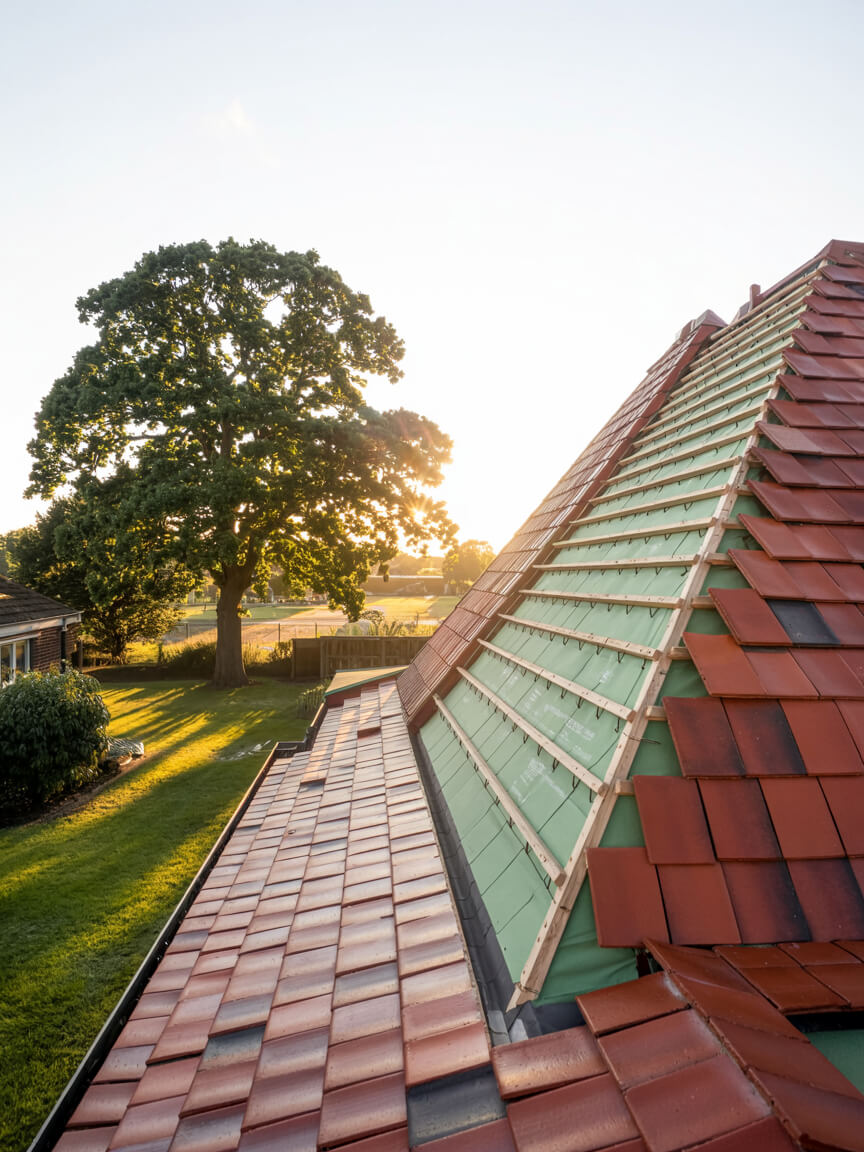
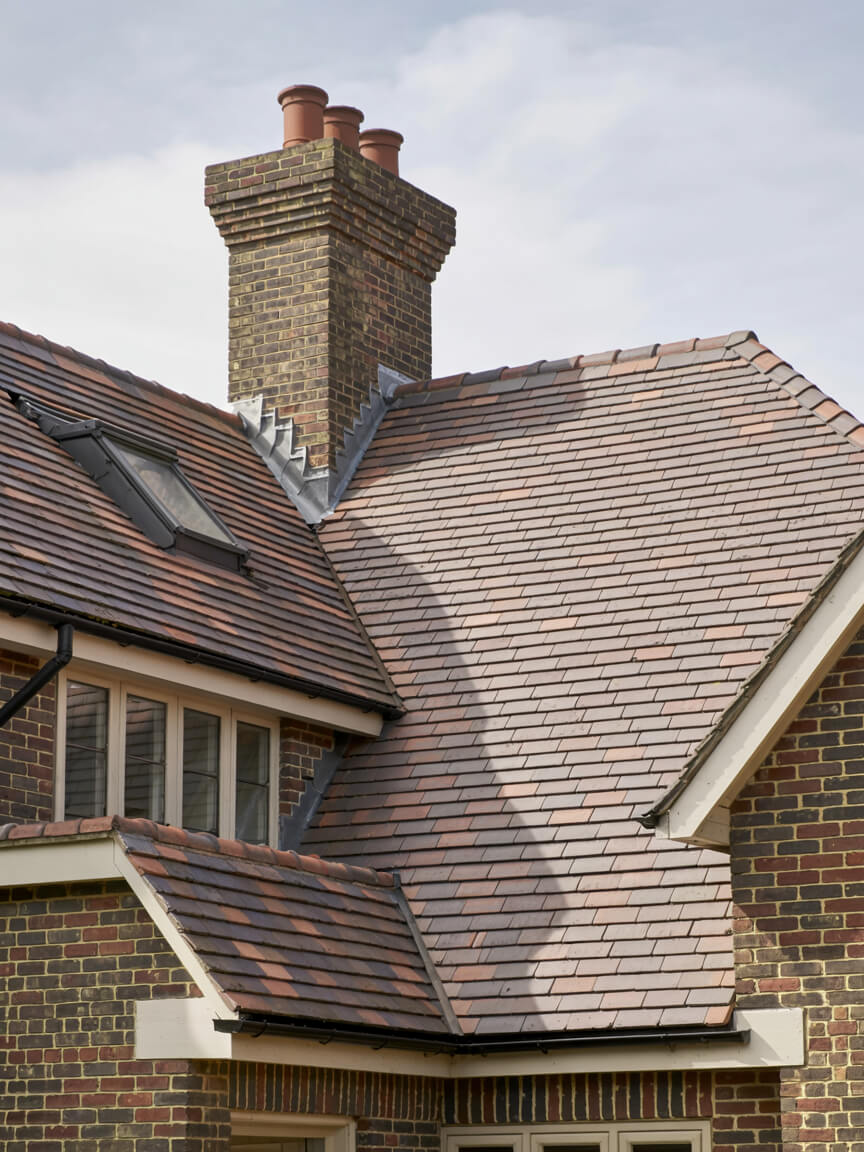
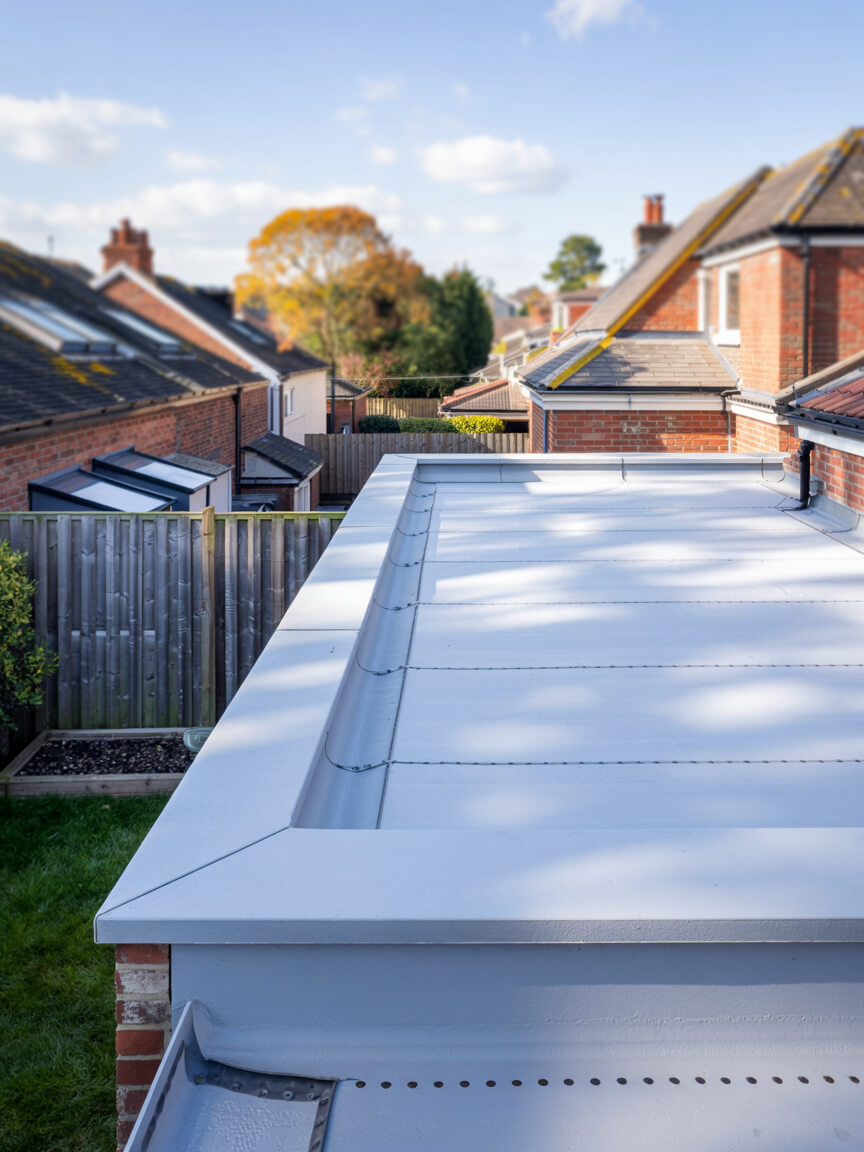
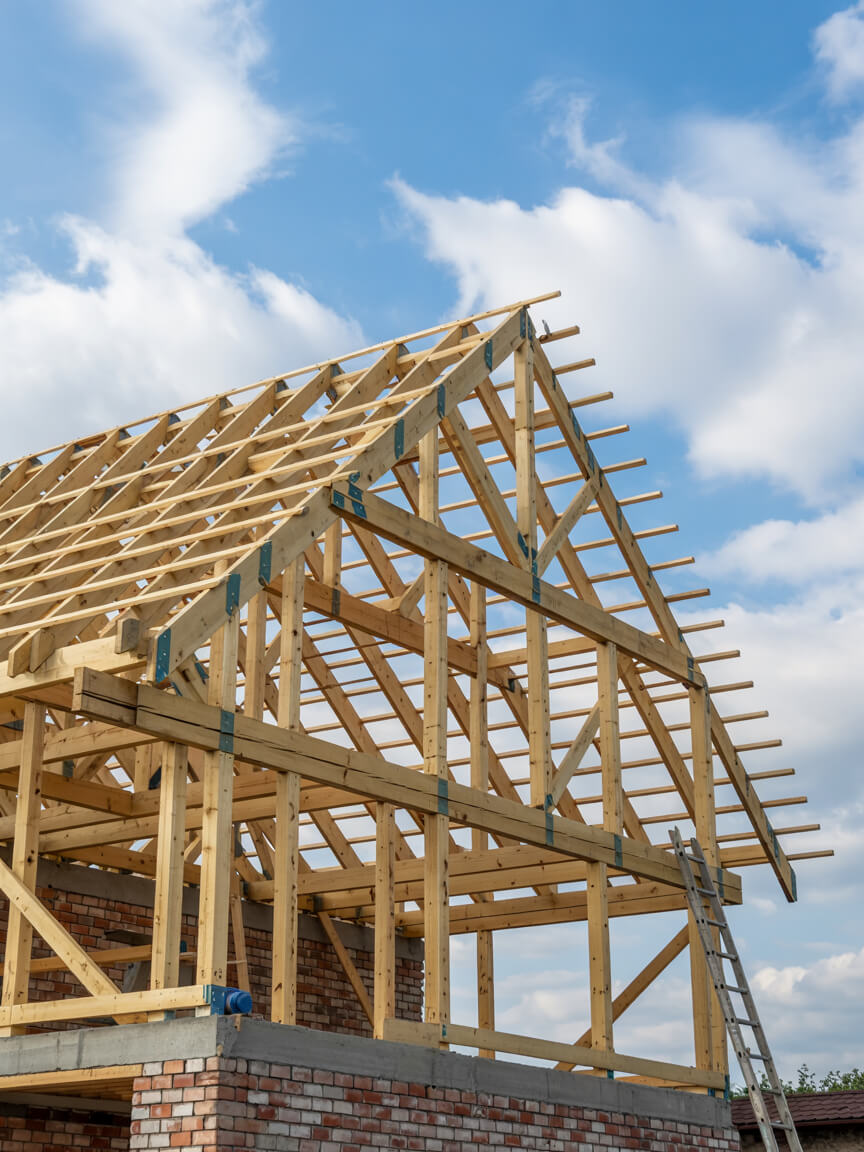
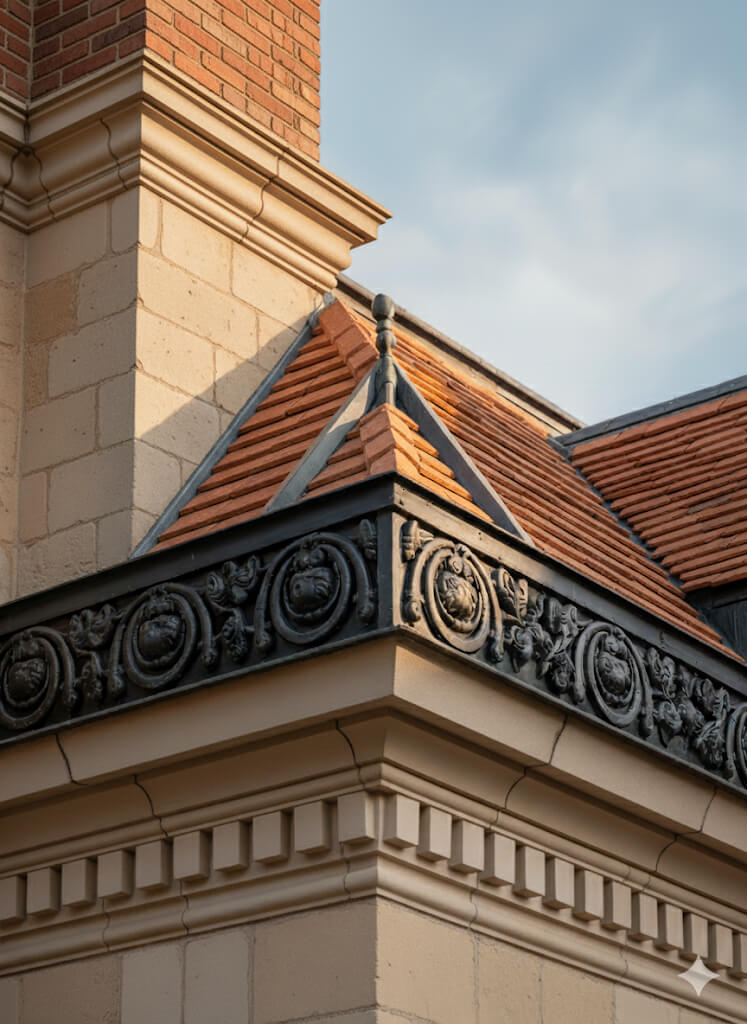
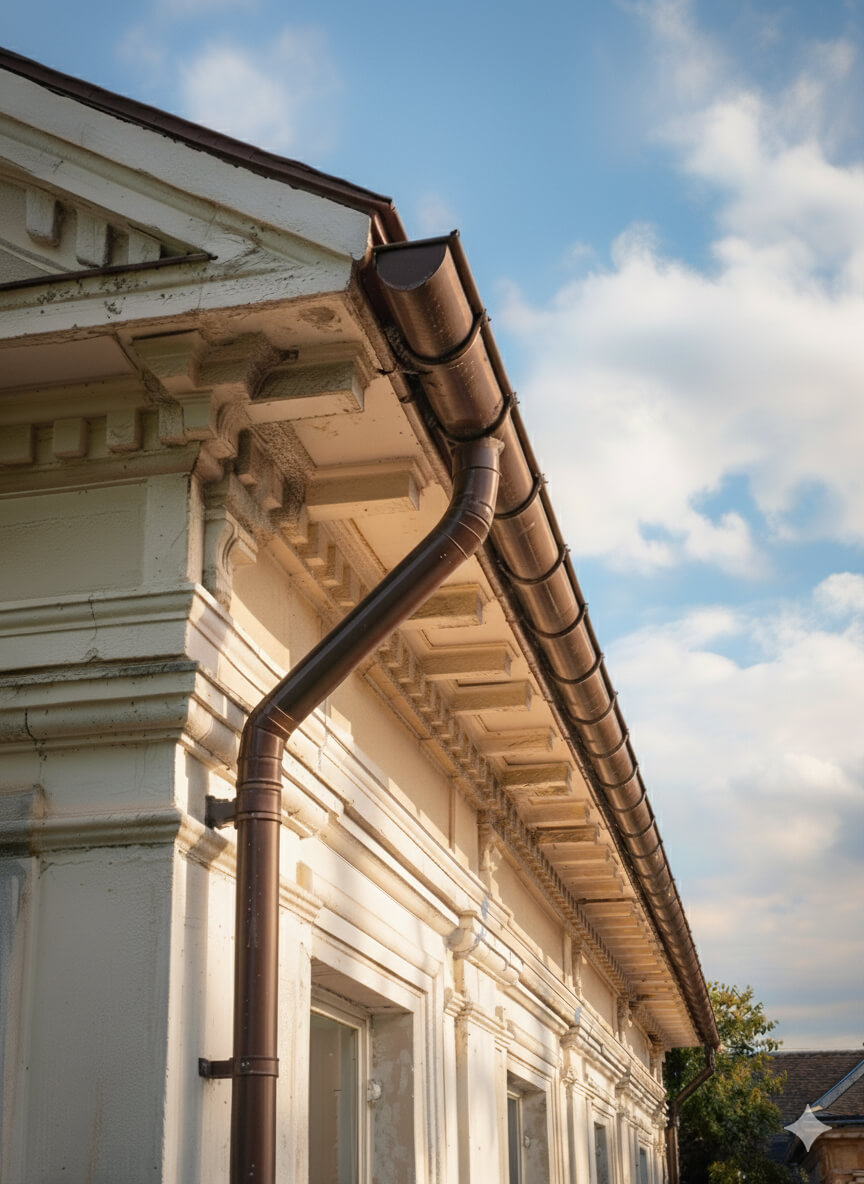

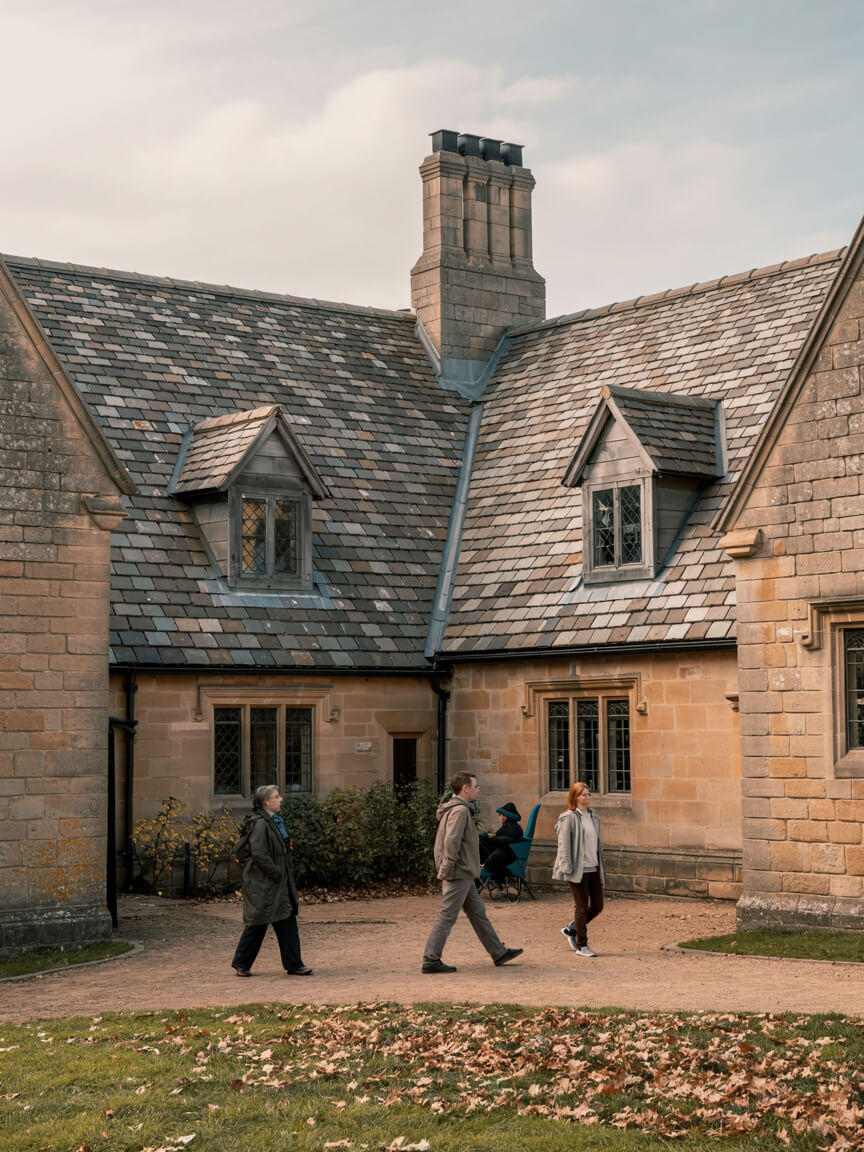
Every Roofing Services Kensington and Chelsea project is adapted to property type, roof structure, and environmental demands. Tailoring ensures compliance with regulations, minimises disruption, and maximises long-term value. From homes and businesses to industrial sites and listed heritage buildings, our flexible approach guarantees roofing solutions that meet unique needs while delivering safety, efficiency, and reliability.
Homes, extensions, and listed buildings.
Offices, retail, schools, and hospitality.
Warehouses, factories, and logistics sites.
Every Roofing Services Kensington and Chelsea project follows proven steps with quality materials. Whether a new installation, upgrade, or repair, each layer adds durability, safety, and efficiency—tailored to protect your property and meet regulatory standards.
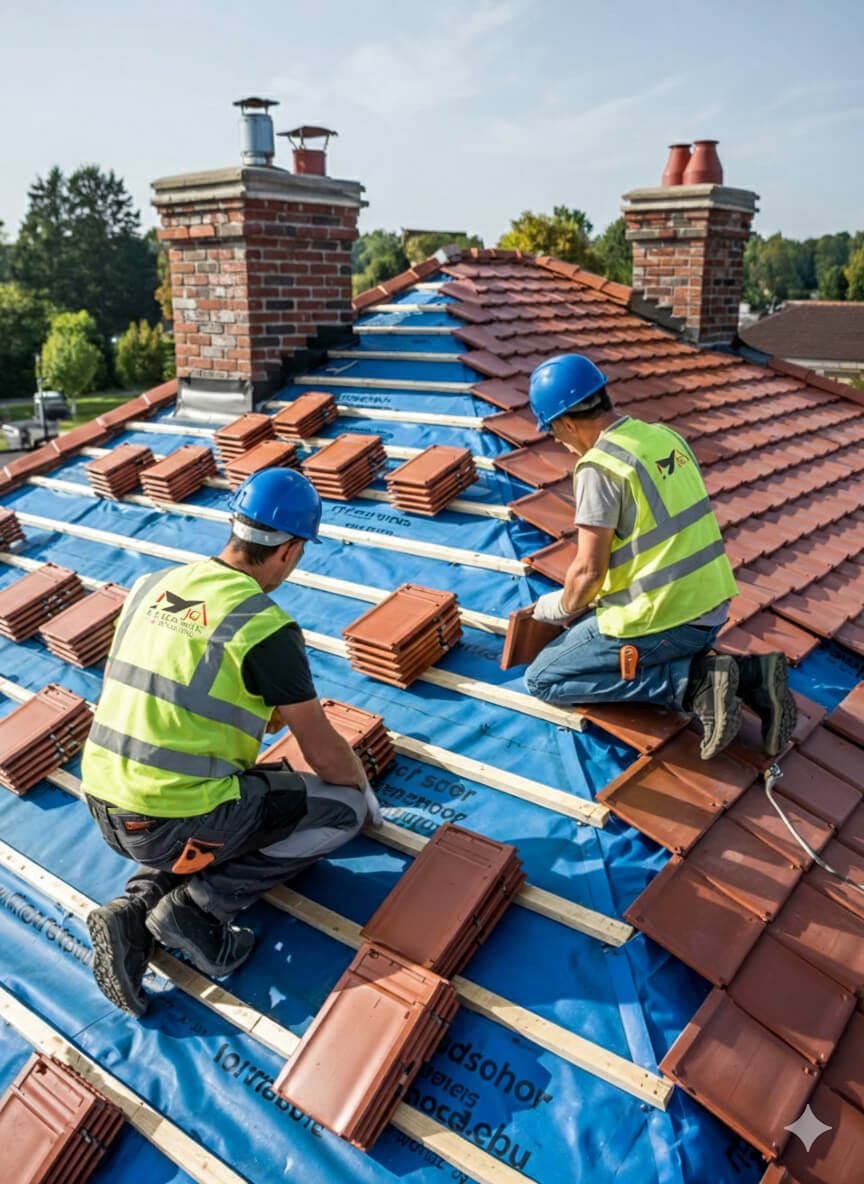
Get a free, no-obligation quote today.
Our experts are standing by to help you choose the perfect flat roofing solution.
⏱ Response within 24 hours guaranteed
Accredited by Which Trusted Trader, CITB, and approved by Kemper and Westwood, our team delivers safe, compliant, and warranty-protected Roofing Services Kensington and Chelsea projects. These credentials mean guaranteed standards and long-term assurance—reinforced by the positive client reviews that consistently highlight quality, professionalism, and trust.


Complete reroofing. Living in Singapore at the time and T was super responsive and communicative.
Replacement of lead box gutter and new flashing to parapet wall. I had an excellent experience using James and the team. He was very prompt in all aspects of communication and completed a first class job. Really pleased.
James completed some repairs on our roof and replaced some of our pebble dash by the roof as well. He was very thorough and fixed everything. He kept us really informed by taking photos and showing us what he did and keeping us updated. It also went onto our neighbours roof and he did the same fo...
We had a leak in our bedroom and James fixed the roof for us to stop it from leaking. All the work came with a warranty. The work that was carried out was good. James and his team were polite, and did all the work quickly and without too much interruption to our day-to-day lives. Would recommend ...
J G Leadworks have repaired and replaced the roofs and gulleys over our warehouse and workshops which have meant both areas are now watertight
James and team were incredibly responsive to my request to look at a serious leak issue on my flat roof. They did a very thorough investigation and explained in detail the issue and gave a fair quote. They were quick to book in and complete the work and have checked in afterwards a few times to m...
James was quick to respond to the initial contact and was able to work around some time constraints I had. He explained what needed doing clearly and was happy to answer follow up questions. He took pictures to show each stage and I feel confident in the work that was done by James and the team. ...
JG Roofing were very easy to work with. Their quote was sensible and they stuck to that figure. They completed many repairs to my roof including, rebuilding a leaded gutter, reinforcing rotten rafters, rebuilding a long felted gutter and felting parapet walls, resurfacing and felting a flat roof,...
Planning and legal checks protect clients from costly errors, delays, and non-compliance, ensuring roofing projects meet regulatory and safety requirements.
Permission is typically required for listed properties, conservation areas, or major roof alterations. All projects must also satisfy Building Regulations, including Part A (structural safety) and Part L (energy efficiency), ensuring compliant and future-proofed installations.
Our team manages the full process, from initial surveys to legal guidance, preparing documentation, and liaising with local authorities where needed. Whether working on modern homes or heritage sites, we ensure every project is delivered legally, safely, and with minimal disruption—providing complete reassurance and peace of mind to property owners.

Every project unites skilled workmanship with rigorously tested materials.
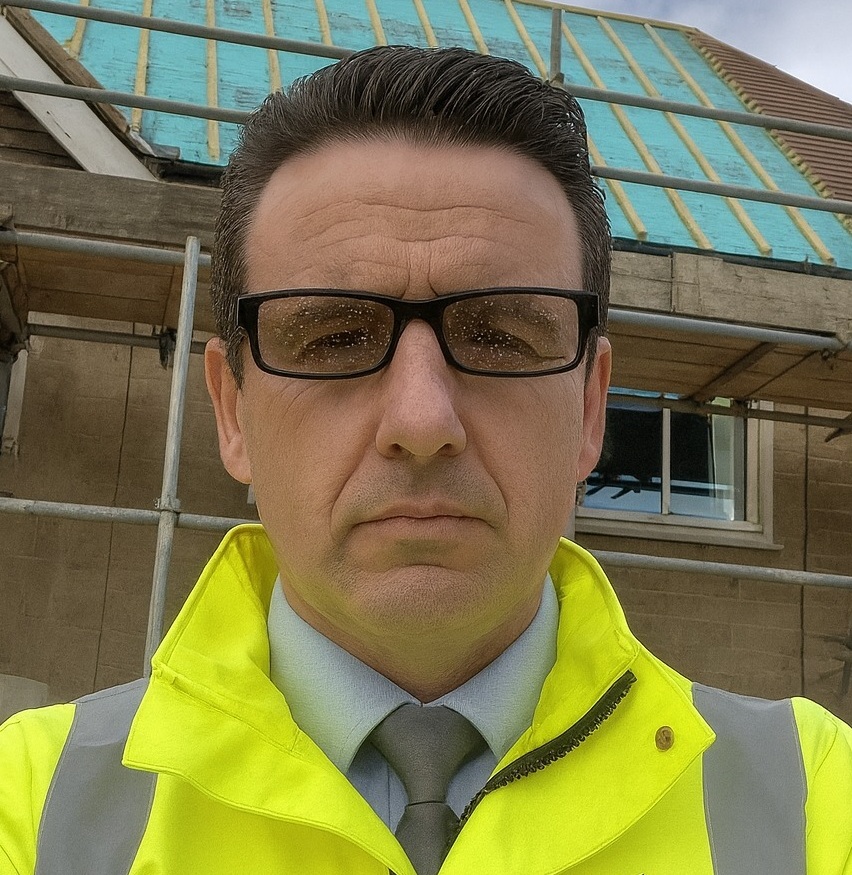
With 25 years of experience in lead sheet roofing, James is a trusted expert in heritage roofing, slate, and tiling. His knowledge of traditional methods, paired with modern compliance, makes him a go-to specialist for projects that demand both craftsmanship and durability.
Roofing Services Kensington and Chelsea provides lasting protection, efficiency, and value, delivering durable, compliant roofing solutions that safeguard every type of property investment.
Selecting Roofing Services Kensington and Chelsea involves balancing durability, budget, compliance, and aesthetics to secure the best-fit roofing solution for your property.
Why Clients Choose JG Leadwork and Roofing
With decades of trade experience, our teams understand the unique demands of London and Home Counties roofing. From heritage-listed properties to contemporary extensions, we adapt solutions to local regulations, weather conditions, and architectural styles with precision.
Accredited by Which Trusted Trader, CITB, and approved by Kemper, Westwood, IKO, ALM, and other leading suppliers.
These credentials guarantee safety, compliance, and access to manufacturer-backed warranties, giving clients peace of mind that their project meets the highest professional standards and benefits from warranty protection.
Our heritage projects use Welsh Slate and handmade clay tiles for authenticity, while leadwork is delivered to Lead Sheet Association (LSA) standards. Commercial installations employ Kemper and Westwood liquid systems for durability and efficiency. Each example demonstrates our reliability, blending traditional craftsmanship with modern performance.
Our workforce includes skilled roofers, heritage specialists, and safety-certified installers.
Every roofer holds NVQs, receives ongoing CPD training, and is qualified in both modern flat systems and traditional techniques, including slate and leadwork.
Team structure ensures projects run smoothly—surveyors identify needs, installers deliver with precision, and supervisors oversee compliance. This approach minimises disruption, accelerates timelines, and guarantees consistent quality across residential, commercial, and industrial roofing projects.
Every project is regulation-compliant, warranty-backed, and focused on long-term results.
Client testimonials and case studies confirm our track record, with projects praised for professionalism, durability, and customer support.
We go beyond installation with aftercare packages, maintenance support, and open communication at every stage. Property owners gain reassurance that JG Leadwork and Roofing stands behind its work. Book a free survey today and discover why homeowners, landlords, and businesses trust us with their roofing.

Get a free quote, rapid response, and expert service across London and the Home Counties. Contacting JG Leadwork and Roofing is your simple first step to dependable roofing solutions.
We source materials from leading suppliers including Supreme and IKO felt systems, Kemper, Westwood and Proteus liquid systems, Welsh Slate, handmade clay tiles, ALM Lead Mills, and Nicholson Air Track. These trusted brands guarantee durability, compliance, and warranty-backed performance across flat, pitched, heritage, and commercial roofing projects.
.
.
For homes, Roofing Services Kensington and Chelsea safeguards comfort and enhances kerb appeal with durable, energy-efficient systems. Whether modern extensions or traditional pitched roofs, tailored solutions improve living standards and protect property value.
For businesses, Roofing Services Kensington and Chelsea delivers cost-effective, large-scale installations with minimal disruption. Projects are planned around operations, with safety compliance, energy performance, and flexible scheduling built in—supporting offices, retail, schools, and industrial facilities with reliable, regulation-ready outcomes.
For heritage properties, Roofing Services Kensington and Chelsea combines authentic materials such as Welsh slate, handmade clay tiles, and ALM lead with skilled conservation techniques. Listed building consent and conservation requirements are fully managed, ensuring traditional character is preserved while integrating modern weatherproofing. This careful balance provides long-term durability without compromising historic integrity or aesthetic value.
JG Leadwork and Roofing delivers Roofing Services Kensington and Chelsea across housing, commercial, heritage, and public sectors. Every industry comes with unique requirements, from safety and compliance to efficiency and conservation. Our adaptability ensures projects are delivered with precision and professionalism—whether safeguarding homes, supporting business continuity, preserving history, or protecting critical public and healthcare facilities.
Durable roofing installed with minimal disruption, ensuring safe, regulation-compliant workspaces for staff and visitors.
High-standard, compliance-focused solutions protect community facilities while meeting strict safety and regulatory obligations.
Heavy-duty roofing tailored for wide spans, ventilation, and long-term maintenance efficiency.
Authentic materials and sensitive methods preserve historic character while adding modern protection.
Weatherproof systems that enhance kerb appeal and guarantee uninterrupted trading for outlets.
Tailored roofing improves guest comfort, safety, and ambience across hotels, restaurants, and venues.
Safe, durable systems designed for schools and universities with minimal learning disruption.
Specialist roofing solutions built for hygiene, safety, and regulatory compliance in medical environments.
Our team of NVQ-qualified roofers, LSTA-trained specialists, and health & safety-compliant professionals bring decades of combined experience. Every project is delivered with meticulous attention to detail, ensuring safe practices and consistent quality across flat, pitched, heritage, and commercial roofing disciplines.
Expertise includes heritage leadwork, slate and tile roofing, modern flat systems, and drone-assisted roof surveys. Ongoing CPD training ensures adaptability to both traditional craftsmanship and the latest innovations—giving clients confidence that every roof is built or repaired with proven skill and care.

A thorough survey highlights existing issues, structural considerations, and upgrade opportunities, ensuring the best-fit solution is identified from the very beginning.
Transparent, itemised quotes detail costs, timelines, and materials—giving you complete clarity and confidence before work starts, with no hidden surprises.
Scaffolding, access solutions, and robust safety measures are put in place to safeguard both property and people throughout the project.
Skilled roofers complete the work using accredited materials and proven techniques, delivering durable, compliant results while keeping disruption to a minimum—whether for repairs, replacements, or new installations.
Each stage is inspected against manufacturer standards and Building Regulations, with photographic documentation provided for transparency and peace of mind.
Each stage is inspected against manufacturer standards and Building Regulations, with photographic documentation provided for transparency and peace of mind.
In a competitive roofing market, many providers look the same on paper. JG Leadwork and Roofing stands out through proven expertise, accredited methods, and specialist techniques. Our combination of traditional craftsmanship and modern technology makes us the safer, smarter choice across residential, commercial, industrial, and heritage projects.
In a competitive roofing market, many providers look the same on paper. JG Leadwork and Roofing stands out through proven expertise, accredited methods, and specialist techniques. Our combination of traditional craftsmanship and modern technology makes us the safer, smarter choice across residential, commercial, industrial, and heritage projects.

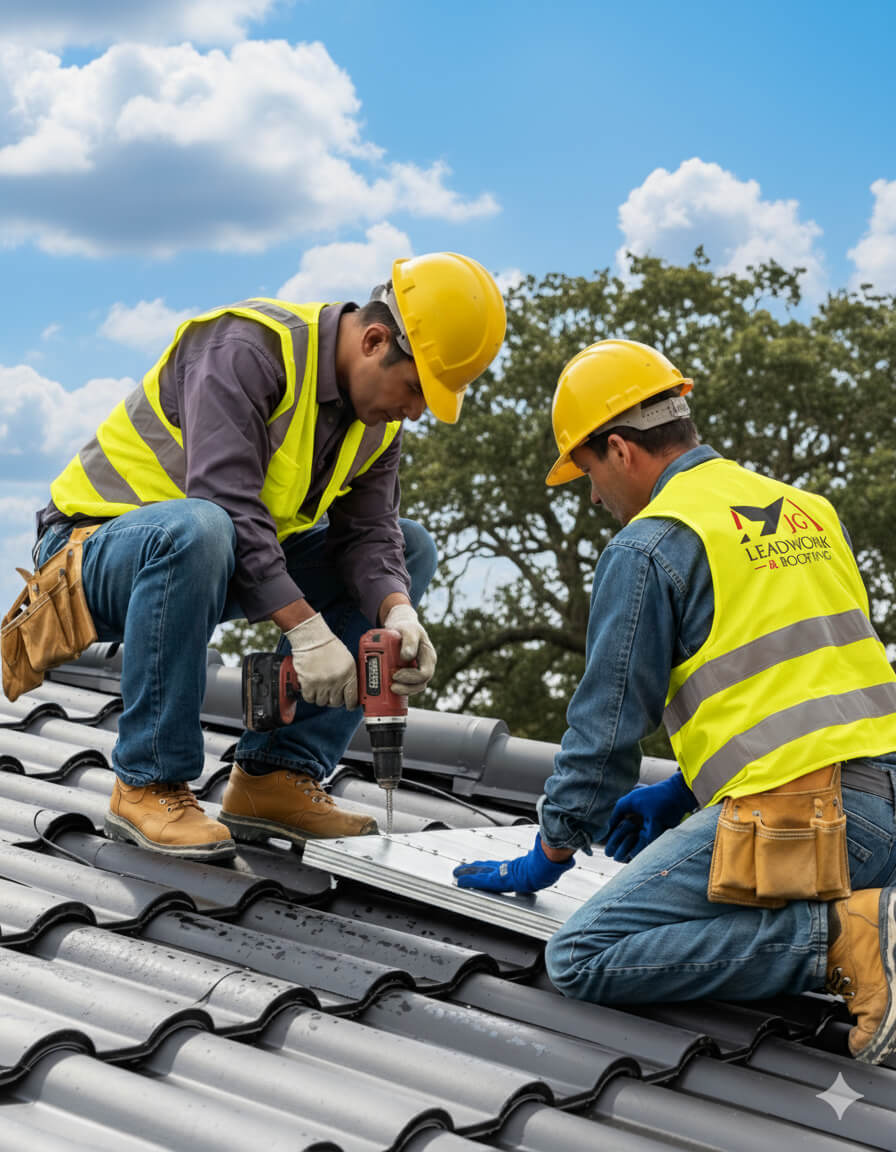
At JG Leadwork and Roofing, every project follows a structured QA process. Each stage—materials, installation, safety, and final sign-off—is measured against manufacturer specifications and UK Building Regulations to ensure durability, compliance, and warranty-backed performance across all roofing services.
Projects are only signed off once all QA checks are complete, giving clients confidence in long-term performance, structural safety, and insurance-backed peace of mind.
Every Roofing Services Kensington and Chelsea project by JG Leadwork and Roofing is delivered in strict alignment with UK Building Regulations and recognised frameworks. This ensures structural safety, energy efficiency, durability, and protects warranties and insurance coverage across residential, commercial, industrial, and heritage properties.
Clients can be confident their project is completed legally, safely, and insurance-ready—delivering long-term performance, compliance assurance, and complete peace of mind.
Property owners often wonder about Roofing Services Kensington and Chelsea—from costs and timescales to permissions. Below, you’ll find straightforward, trustworthy answers to the most frequent and practical queries.
Choosing between slate and tile roofing directly affects both the cost and long-term value of any property across Kensington and Chelsea. Although both materials comply with UK standards, including BS 5534 (the British Standard for Slating and Tiling) and various conservation guidelines, each presents distinct cost factors based on material origin, installation, lifespan, and regulatory context. Understanding these influences allows property owners, architects, and developers to plan budgets realistically while ensuring compliance and preserving building character.
Both options are common on London roofs, but the total expense is shaped by the specific grade of material selected, requirements for heritage properties, the complexity of your roof’s design, and local planning or conservation area restrictions. Here’s how the main factors break down for anyone comparing slate and tile solutions in the capital.
Slate is a quarried, natural stone—a top choice for period or listed buildings, especially if sourced locally (e.g., Welsh or Cumbrian slate). Tiles come in clay or concrete varieties and are more readily mass-produced.
Concrete tiles start as low as £20 per m²; most clay tiles fall in the £25–£40 per m² range. The right material is dictated by appearance targets and any heritage constraints.
Labour expenses reflect not just installation time, but the technical and regulatory standards under BS 5534:
Labour for slate is commonly 20–40% higher than tile (excluding any specialist leadwork), as niche expertise is needed for handwork on older or listed buildings.
Kensington and Chelsea’s dense conservation and heritage landscape shapes both cost and options:
The process of securing listed building consent and dealing with conservation officers often involves extra fees—and waiting time—compared to standard re-roofing.
External factors unique to the capital are pivotal for cost planning:
| Cost Factor | Slate Roofing (£/m²) | Tile Roofing (£/m²) | Why It Matters |
|---|---|---|---|
| Material cost (range) | 30–90+ | 20–45 | Heritage/compliance may dictate |
| Labour (per m²) | 30–50 | 20–35 | Complexity, handwork adds to slate |
| Lifespan (years) | 60–120 | 40–80 | Longer for genuine slate |
| Planning constraints | Frequent | Sometimes | Heritage/listed properties stricter |
Key steps for decision-makers:
Ultimately, the true gap in slate versus tile cost arises from a web of technical, regulatory, and localised factors, all of which need to be understood up front to prevent unwelcome surprises during your roofing project.
Roof installation times vary in the UK, mostly determined by property size, type of roofing material, building complexity, and weather. A standard pitched roof replacement—using tiles or slates on an average home—usually takes between 3 and 7 days. Larger commercial buildings, blocks of flats, or heritage properties often require longer, sometimes up to three weeks, due to additional regulations, accessibility, or the need for phased works. This affects homeowners, landlords, and property managers alike, since knowing the likely schedule is essential for planning, limiting disruption, and ensuring building safety.
Anticipating these timelines allows you to provision for weather cover, coordinate with other trades, and meet compliance requirements. Properties in conservation areas or with listed status may require more extensive documentation and approvals, stretching out project duration and requiring close project management.
Most roof installations follow a universal progression, but each stage’s length depends on roof design and condition:
For a straightforward semi-detached house, the full process may take a week. More complex or protected buildings, or those needing structural work, can extend up to two or three weeks, especially if the installation must pause for rain or snow.
Several aspects can increase or decrease installation times:
Ongoing care is vital for all roofs and especially for maximising the value of a new installation:
Preventative maintenance allows early detection and inexpensive fixes, reducing the likelihood or frequency of major repairs.
Roof durability depends on material, installation quality, and maintenance. Here’s how leading UK systems typically perform:
| Material | Typical Lifespan | Inspection Frequency | Maintenance Needs |
|---|---|---|---|
| Slate | 80–100 years | Every 5 years | Minimal; replace loose/broken slates |
| Clay tile | 50–70 years | Every 3–5 years | Check for cracks; reset loose tiles |
| Concrete tile | 40–60 years | Every 3 years | Address moss or surface spalling |
| Felt (flat) | 10–20 years | Every 2 years | Reseal edges; patch small blisters |
| Liquid applied | 25–40 years | Every 3 years | Recoat joints; check for splits |
| GRP/Fibreglass | 25–40 years | Every 3 years | Inspect joints; clear drains/outlets |
Choosing robust materials, commissioning work to current standards (e.g., BS5534 for sloped roofs), and following a planned maintenance regime are the most reliable ways to secure lasting performance and reduce long-term costs.
Determining whether to repair or replace your roof comes down to balancing short-term costs against long-term value, risk exposure, and assurance. For property owners in Kensington and Chelsea—where heritage standards and building regulations can complicate every project—cost-effectiveness isn’t just about picking the cheapest quote. It’s about clear financial predictability for homeowners, certainty for landlords, and warranty-backed protection that reduces risk for businesses. Choosing the right approach should de-risk your spend, extend roof life, and protect your asset.
The value equation for repairs versus replacement is shaped by several factors:
| Service Type | Typical Range (UK) | Key Influences |
|---|---|---|
| Roof Repair | £250 – £1,200 | Damage type, access, materials |
| Roof Replacement | £5,000 – £15,000+ | Size, pitch, insulation, structure, finish |
A minor leak can be patched for hundreds of pounds, but repeated repairs or extensive hidden defects often accelerate costs—sometimes overtaking what a complete, warrantied replacement would have cost.
Any substantial roof replacement should come with an insurance-backed warranty—typically for 10, 15, or 20 years—covering materials and workmanship. Repairs may offer only a short work guarantee, often 1–2 years and limited strictly to the area fixed.
Comprehensive warranties deliver peace of mind and lower the risk of expensive surprises long after work is completed.
The cost-effectiveness of any roofing project relies on using an accredited installer.
Saving a few hundred pounds by hiring an unqualified roofer can backfire—resulting in void warranties, failed inspections, or expensive re-work to meet statutory standards.
Short-term savings from cutting corners often lead to steep, long-term financial consequences.
What looks like a saving upfront may become a recurring liability if compliance, durability, and insurance eligibility are compromised.
Roof repairs after sudden leaks, storm events, or visible structural compromise require immediate action to prevent deterioration from spiralling. Delaying even minor roofing issues sharply raises the risk of water ingress, inflates eventual repair bills, and may undermine insurance eligibility. Fast intervention—ideally within hours or days—is vital to protect interior finishes, insulation, and the overall structure, whether for historic or modern properties in Kensington and Chelsea.
Timing matters far beyond convenience. Weather volatility, insurance clauses, and technical vulnerabilities such as freeze–thaw cycles all mean that urgency is a practical and financial imperative for property owners.
Unaddressed roof failures expose your property to compounding hazards. Storm damage—dislodged tiles, torn membranes, or failed flashings—and sudden active leaks can swiftly endanger ceilings, electrics, and underlying timbers. When immediate water ingress is obvious—like dripping, ceiling bubbling, or visible attic pooling—the priority must be rapid stabilisation:
Even short waits may allow water to track into battening, insulation, or decorative plaster. In tall or heritage properties, prompt action is even more crucial, as complex structures escalate the risk and expense of delayed repairs.
Not every roofing job suits all weather. Winter complications are tangible—freeze–thaw cycles can drive moisture deep into cracks or under tiles, creating sudden breaks. Adhesives and coatings may fail below 5 °C; cold, wet days raise access risks and can render repairs temporary:
While true emergencies override seasonal planning, choosing your moment for planned works boosts results, value, and safety.
Nearly all UK building and home insurance policies require prompt notification—typically 24–48 hours after noticing roof damage or leaks. If you fail to act—like leaving damage untarped during rain—insurers can partially or fully reject claims, citing a breach of your “mitigation duty”.
Rapid, documented mitigation is often the difference between a full payout and a denied claim. Delayed responses frequently lead to coverage disputes and out-of-pocket repair costs.
Allowing urgent repairs to wait doesn’t just save time—it compounds risks and costs at every stage:
Especially in heritage or high-value London buildings, every day’s delay drives up complexity and cost and can introduce regulatory hurdles if action isn’t taken without hesitation.